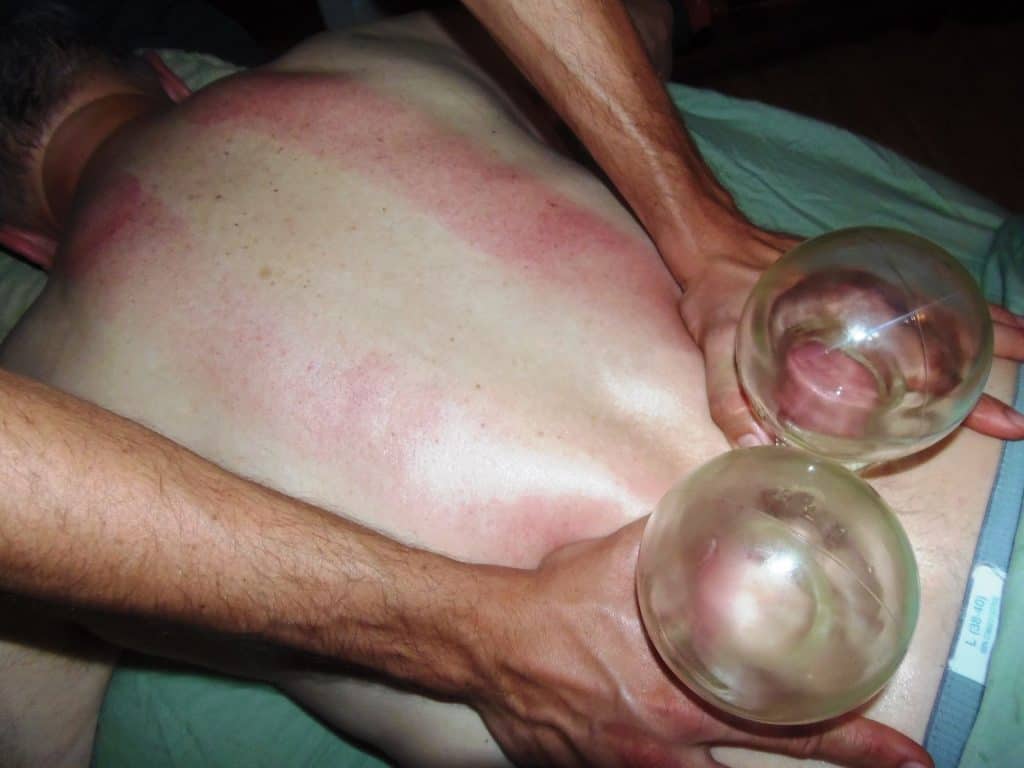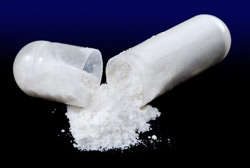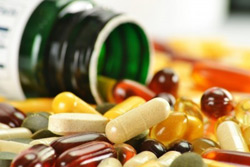Eventually, digestion is impaired and absorption of nutrients is negatively affected. As more exposure occurs, your body initiates an attack on these foreign invaders. It responds with inflammation, allergic reactions, and other symptoms we relate to a variety of diseases.
Leaky gut is the root of many allergies and autoimmune disorders, for example. When combined with toxic overload, you have a perfect storm that can lead to neurological disorders like autism, ADHD, and learning disabilities.
The best diet is an elimination diet, which means taking out all inflammatory foods. This includes high-fiber foods, processed foods, and anything that is going to be difficult to digest.
One of the main foods that you can use is bone broth, because not only is it very easily digested, it also contains profound immune-optimizing components that are foundational building blocks for the treatment of autoimmune diseases.
As your leaky gut begins to heal and your health improves, certain foods are added back in, but bone broth remains a staple because it is so incredibly nourishing for your body. This is why, even if you don't have gut issues, it is still a wonderful staple food to include in your diet.
Top Reasons to Eat Bone Broth
There are many reasons for incorporating good-old-fashioned bone broth into your diet. The following health benefits attest to its status as "good medicine."
Helps heal and seal your gut, and promotes healthy digestion: The gelatin found in bone broth is a hydrophilic colloid. It attracts and holds liquids, including digestive juices, thereby supporting proper digestion Inhibits infection caused by cold and flu viruses, etc.: A study published over a decade ago found that chicken soup indeed has medicinal qualities, significantly mitigating infection1 Reduces joint pain and inflammation, courtesy of chondroitin sulphates, glucosamine, and other compounds extracted from the boiled down cartilage Fights inflammation: Amino acids such as glycine, proline, and arginine all have anti-inflammatory effects.
Arginine, for example, has been found to be particularly beneficial for the treatment of sepsis2 (whole-body inflammation). Glycine also has calming effects, which may help you sleep betterPromotes strong, healthy bones: Bone broth contains high amounts of calcium, magnesium, and other nutrients that play an important role in healthy bone formation Promotes healthy hair and nail growth, thanks to the gelatin in the broth
Choose High-Quality Bones from Grass-Fed Animals
The recipe that follows is from The Heal Your Gut Cookbook: Nutrient-Dense Recipes for Intestinal Health Using the GAPS Diet. Written by Hilary Boynton and Mary Brackett, it shares helpful tips on how to "heal and seal" your gut so that profound healing can take place.
Hilary Boynton is a food advocate and a certified holistic health counselor who runs several local food co-ops and teaches cooking classes out of her home. Mary Brackett is a photographer and whole foods advocate who seeks out projects that illustrate the importance of healthy choices.
This bone broth recipe is a classic and one you'll want to keep for future reference. Below I've also included tips on how to make this recipe using a slow cooker or different types of bones, such as chicken. Perhaps the most important caveat when making broth, whether you're using chicken or beef, is to make sure the bones are from organically raised, pastured or grass-fed animals.
As noted by Sally Fallon, chickens raised in concentrated animal feeding operations (CAFOs) tend to produce stock that doesn't gel, and this gelatin has long been valued for its therapeutic properties.3 As noted by Boynton:
"You definitely want to get the best bones you can get—bones from pastured animals. If you can't find a farmer in your area, reach out to your local Weston A. Price chapter leader... There are also resources to get homemade bone broth if you can't make it yourself. ...If you can only get CAFO bones, I guess you go with that. You can still get some healing benefits. But it would be better to go with bones from pastured animals."
A Basic Bone Broth Recipe
The recipe that follows calls for beef bones, but you can also make bone broth using whole organic chicken, whole fish (including the head) or fish bones, or pork. Each will render a different flavor. Boynton and Brackett actually suggest starting with chicken because it has the mildest flavor (beef tends to be more overpowering). If you're using chicken, simply place the entire chicken, raw, into the pot in place of the beef bones and proceed with the recipe as follows.
One note, if cooking a whole chicken, the meat should start separating from the bone after about 2 hours. Simply remove the chicken from the pot and separate the meat from the bones. Then place the bones back in and continue to simmer. You can even use bones from a roasted chicken or turkey carcass to make bone broth, which is incredibly cost effective since you would otherwise throw them away.
Ingredients:
- 3-4 pounds beef marrow and knuckle bones
- 2 pounds meaty bones such as short ribs
- ½ cup raw apple cider vinegar
- 4 quarts filtered water
- 3 celery stalks, halved
- 3 carrots, halved
- 3 onions, quartered
- Handful of fresh parsley
- Sea salt
Method:
- Place bones in a pot or a crockpot, add apple cider vinegar and water, and let the mixture sit for 1 hour so the vinegar can leach the mineral out of the bones.
- Add more water if needed to cover the bones.
- Add the vegetables bring to a boil and skim the scum from the top and discard.
- Reduce to a low simmer, cover, and cook for 24-72 hours (if you're not comfortable leaving the pot to simmer overnight, turn off the heat and let it sit overnight, then turn it back on and let simmer all day the next day)
- During the last 10 minutes of cooking, throw in a handful of fresh parsley for added flavor and minerals.
- Let the broth cool and strain it, making sure all marrow is knocked out of the marrow bones and into the broth.
- Add sea salt to taste and drink the broth as is or store in fridge up to 5 to 7 days or freezer up to 6 months for use in soups or stews.
How to Make Bone Broth Using Your Slow Cooker
Bone broth is an example of a traditional food that's easily adaptable to your modern lifestyle. Even if you're away from home most of the day, you can still prepare homemade bone broth by using a slow cooker. To use a slow cooker, you will need to first bring the broth to a boil in a pot on your stove, then skim the scum off the top. Pay careful attention to this stage, as once the broth begins to boil the scum is rolled right back into the broth. The scum are the impurities that you want to remove. You can then transfer the broth to your slow cooker and turn it on to low heat for 24 to 72 hours.





